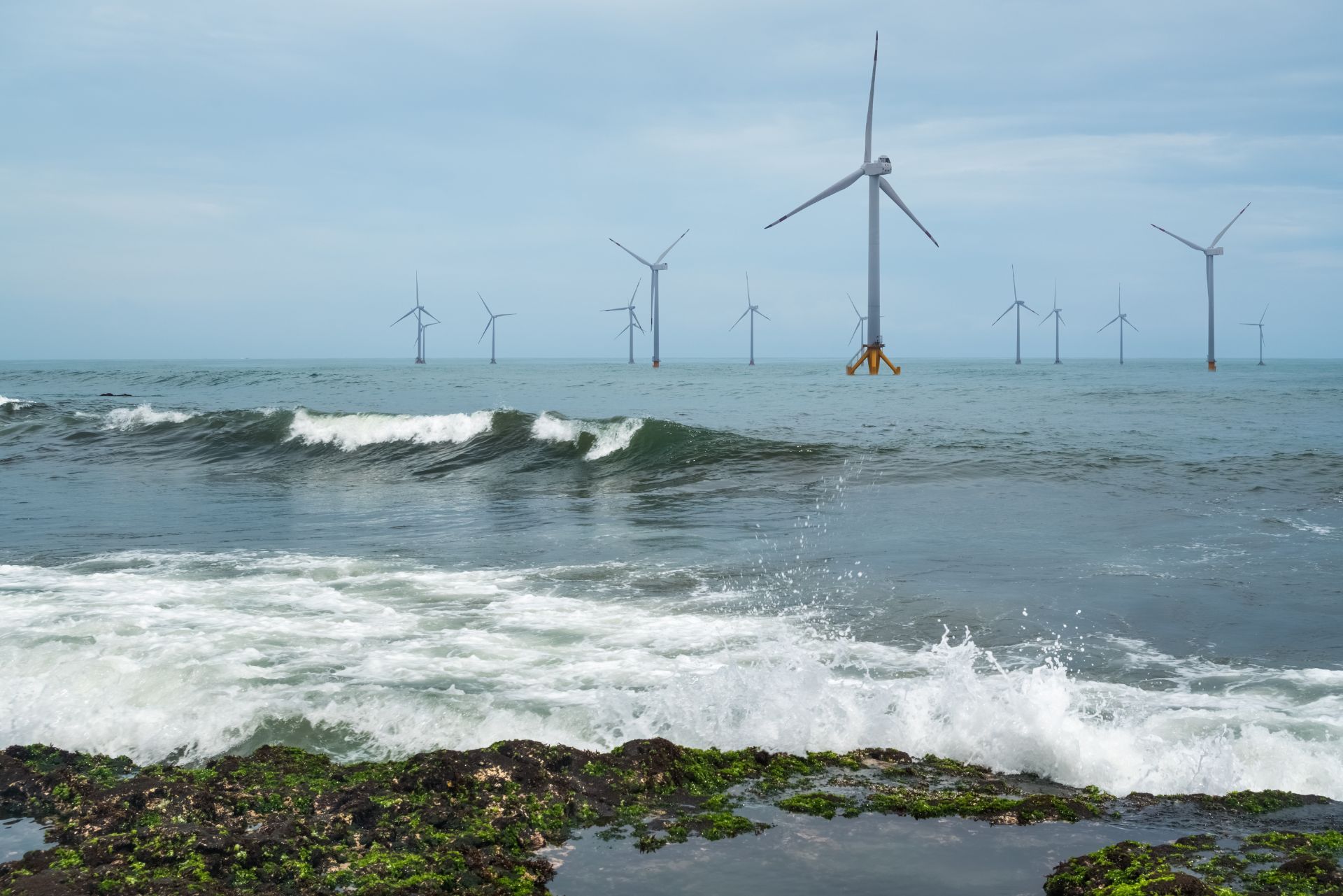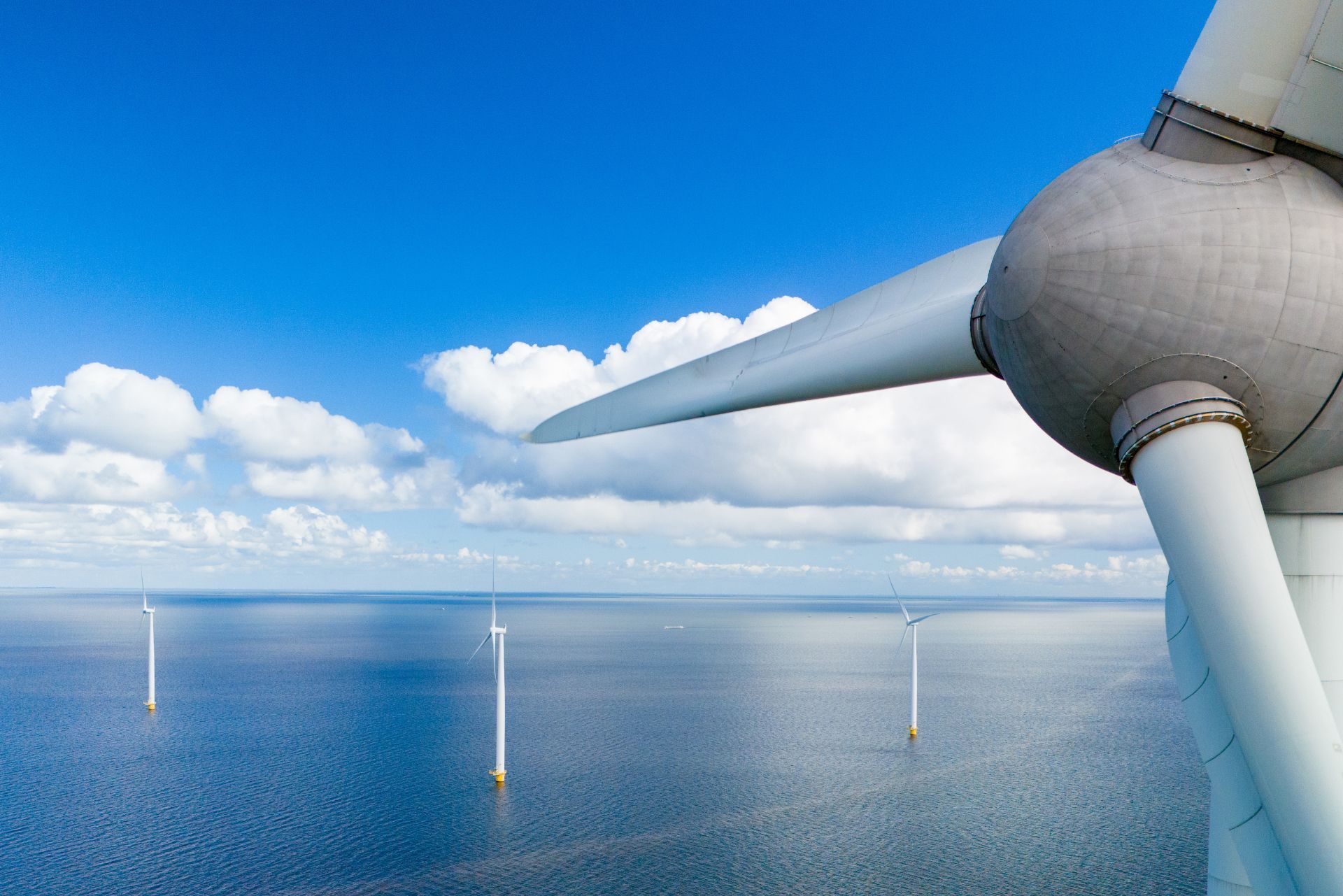Top 3 Recommended Policies

As the world increasingly turns to renewable energy sources, tidal and wave energy have emerged as promising frontiers in sustainable power generation. These ocean-based technologies harness the immense power of tides and waves to produce electricity, offering a clean alternative to fossil fuels. However, with innovation comes risk, and for companies operating in this dynamic sector, insurance plays a crucial role in safeguarding investments and ensuring operational continuity.
This comprehensive guide explores everything you need to know about insurance for tidal and wave energy power generation companies, including market trends, risk factors, and tailored insurance solutions that support this burgeoning industry. For those interested in the market’s growth, the global wave and tidal energy market size is projected to reach USD 14,391.8 million by 2032, growing at an impressive compound annual growth rate (CAGR) of 43.01% according to Astute Analytica.
Understanding the Unique Risks in Tidal and Wave Energy Projects
Operating in marine environments exposes tidal and wave energy projects to a distinct set of risks that differ significantly from those faced by traditional energy sectors. The ocean’s unpredictability, harsh weather conditions, and the technical complexity of underwater equipment all contribute to heightened operational risks.
One of the primary challenges is the exposure to extreme weather events such as storms and high waves, which can damage infrastructure like PowerBuoys or tidal turbines. For instance, Ocean Power Technologies recently demonstrated the commercial viability of wave energy by generating nearly 15 megawatt-hours using their PowerBuoys, but such achievements also highlight the need for robust protection against equipment failure and environmental hazards as reported by Expert Market Research. Furthermore, the corrosive nature of seawater can lead to accelerated wear and tear on components, necessitating advanced materials and coatings that can withstand such conditions. This adds another layer of complexity and cost to the development and maintenance of marine energy systems.
Additionally, the integration of tidal and wave energy into existing power grids introduces technical and financial risks. A 2022 study on renewable energy integration emphasized the importance of insurance contracts to mitigate risks associated with high renewable energy penetration, including grid instability and fluctuating power supply according to research by Dongwei Zhao et al.. The variability of energy generation from tidal and wave sources can complicate forecasting and demand management, requiring sophisticated grid management technologies and strategies to ensure reliability and efficiency in energy delivery.
Environmental and Regulatory Risks
Environmental impact assessments and regulatory compliance are critical in this sector. Projects must navigate complex permitting processes, often facing delays or additional costs due to environmental concerns. For example, the recent Memorandum of Understanding between Inyanga Marine Energy Group and Verdant Morlais Ltd to develop a 4.9 MW tidal stream energy project in Wales marks a significant step forward but also underscores the regulatory scrutiny tidal projects face in Europe as noted by Expert Market Research. Moreover, stakeholders must engage with local communities and environmental groups to address concerns about the potential impacts on marine ecosystems, which can lead to further modifications in project design and operation.
Insurance policies for these projects must therefore cover potential liabilities arising from environmental damage or non-compliance with regulations, which can be costly and impact project timelines. The dynamic nature of marine environments also means that ongoing monitoring and adaptive management strategies are essential to mitigate unforeseen ecological impacts. This not only adds to the operational costs but also requires a commitment to sustainability that can enhance the project's long-term viability and public acceptance.

Types of Insurance Coverage for Tidal and Wave Energy Companies
Insurance for tidal and wave energy companies is multifaceted, designed to address the broad spectrum of risks associated with marine renewable energy projects. Understanding the key types of coverage available is essential for companies to protect their assets and operations effectively.
1. Property and Equipment Insurance
This coverage protects the physical assets of tidal and wave energy projects, including turbines, buoys, underwater cables, and control systems. Given the harsh marine environment, this insurance safeguards against damage from storms, corrosion, mechanical failure, and accidental impacts.
Considering the significant reduction in the levelized cost of energy (LCOE) for tidal stream projects—from $700/MWh in 2010 to below $200/MWh in 2023—companies are investing heavily in infrastructure, making property insurance vital to protect these capital-intensive assets according to PatentPC. Additionally, as technology advances, newer materials and designs are being utilized to enhance durability and efficiency, further emphasizing the need for comprehensive property insurance that can adapt to these innovations. The potential for technological obsolescence also necessitates coverage that accounts for upgrades and replacements, ensuring that companies are not left vulnerable as they strive to stay competitive in a rapidly evolving market.
2. Business Interruption Insurance
Marine energy projects can face downtime due to equipment failure, adverse weather, or regulatory delays. Business interruption insurance compensates for lost revenue during such periods, helping companies maintain financial stability while addressing operational challenges.
Moreover, the unpredictability of marine environments means that companies must also consider the impact of seasonal variations and climate change, which could lead to longer-than-expected downtimes. This type of insurance not only covers direct losses but can also provide funds for ongoing operational expenses, such as payroll and maintenance, ensuring that a company can weather the storm—both literally and figuratively—without jeopardizing its workforce or long-term viability.
3. Liability Insurance
Liability coverage is crucial for protecting companies against claims arising from third-party injuries, environmental damage, or property damage caused by project operations. This is especially important given the sensitive marine ecosystems involved and the potential for accidental harm.
In addition to traditional liability coverage, companies may also want to explore specialized environmental liability insurance, which addresses the unique risks associated with marine operations. This coverage can help mitigate the financial repercussions of spills, leaks, or other environmental incidents that could arise during the construction or operational phases. As public scrutiny and regulatory requirements increase, having robust liability insurance not only safeguards a company's finances but also enhances its reputation as a responsible steward of marine resources.
4. Construction and Installation Insurance
During the development phase, tidal and wave energy projects require specialized coverage to protect against risks related to construction delays, equipment damage, and installation errors. This insurance helps manage the uncertainties inherent in deploying advanced marine technologies.
Furthermore, construction and installation insurance can also include coverage for subcontractors and third-party services, which are often integral to the successful completion of these projects. As the industry grows, so does the complexity of the supply chain, necessitating a comprehensive approach to risk management that encompasses all parties involved. This ensures that any unforeseen issues during the construction phase do not derail the entire project, allowing companies to maintain timelines and budgets while fostering collaboration among stakeholders.
Why Insurance is Critical for the Future of Wave and Tidal Energy
Wave and tidal energy represent sustainable sources that harness ocean power to generate electricity, but their full potential remains underexploited and not yet fully developed, as noted by experts Erfan Amini, Danial Golbaz, and Fereidoun Amini in their research. Insurance acts as a cornerstone for unlocking this potential by providing financial security and risk management frameworks that encourage investment and innovation.
With the market poised for rapid expansion—projected to reach nearly $14.4 billion by 2032—the role of insurance becomes even more significant. It enables companies to undertake large-scale projects with confidence, knowing that unforeseen events will not derail their progress.
Furthermore, the decreasing costs of tidal energy technology enhance commercial viability, but also increase the value at risk, making comprehensive insurance indispensable. As the industry advances, insurance providers are developing tailored products that address the unique challenges of marine energy, fostering a safer and more resilient market environment.
Moreover, the inherent unpredictability of ocean conditions poses unique challenges that traditional insurance models may not adequately cover. For instance, the risk of equipment damage due to extreme weather events or the potential for operational downtime caused by unforeseen marine wildlife interactions necessitate specialized policies. Insurers are increasingly leveraging advanced data analytics and modeling techniques to assess these risks more accurately, allowing for more precise premium calculations and coverage options that reflect the realities of marine energy projects.
Additionally, the integration of insurance with emerging technologies, such as blockchain and IoT (Internet of Things), is set to revolutionize the way risks are managed in the wave and tidal energy sector. By utilizing real-time data from sensors deployed on marine installations, insurers can monitor conditions and performance continuously, enabling proactive risk mitigation strategies. This not only enhances the safety of operations but also builds investor confidence, as stakeholders can see tangible evidence of risk management in action, ultimately driving further investment into this promising renewable energy sector.
Emerging Trends in Insurance for Marine Renewable Energy
The tidal and wave energy sector is evolving rapidly, and insurance solutions are adapting accordingly. One notable trend is the increasing use of data analytics and predictive modeling to assess risks more accurately. This allows insurers to offer customized policies that reflect the specific conditions of each project site. By leveraging advanced algorithms and real-time data, insurers can forecast potential challenges and adjust coverage dynamically, ensuring that projects are adequately protected against unforeseen events.
Another development is the growing emphasis on collaborative risk-sharing mechanisms, such as insurance contracts designed to support high renewable energy integration. These contracts help balance the financial risks between developers, insurers, and grid operators, promoting smoother integration of tidal and wave energy into national power systems. This collaborative approach not only enhances financial stability but also encourages innovation, as stakeholders are more willing to invest in cutting-edge technologies when they know that risks are being effectively managed.
Collaborations and Strategic Partnerships
Strategic partnerships between marine energy companies and insurers are becoming more common. For example, the collaboration between Inyanga Marine Energy Group and Verdant Morlais Ltd to deliver Europe’s largest consented tidal energy scheme in Wales showcases how joint efforts can mitigate risks and accelerate project delivery according to Expert Market Research. Such initiatives demonstrate the potential for shared expertise to lead to innovative solutions that address the unique challenges of marine energy projects.
Such partnerships often include tailored insurance packages that cover project-specific risks, reflecting a deeper understanding of the technology and operational environment. Additionally, these collaborations can foster knowledge transfer, where insurers gain insights into the technical and environmental challenges faced by marine energy developers, while the developers benefit from the insurers' expertise in risk management and financial structuring. This symbiotic relationship not only enhances the resilience of individual projects but also contributes to the overall growth and sustainability of the marine renewable energy sector.

Conclusion: Securing the Future of Tidal and Wave Energy Through Insurance
Tidal and wave energy power generation companies operate at the intersection of cutting-edge technology and challenging environmental conditions. Insurance is not merely a safety net but a strategic enabler that supports innovation, investment, and sustainable growth in this promising sector.
By understanding the unique risks involved and securing appropriate insurance coverage—ranging from property and liability to business interruption and construction insurance—companies can safeguard their projects against uncertainties. This protection is vital as the industry scales up, with market valuations expected to surge and technological advancements driving down costs.
As the sector matures, ongoing collaboration between insurers, developers, and regulators will be key to developing risk management frameworks that foster resilience and confidence. With the right insurance strategies in place, tidal and wave energy can fulfill their potential as major contributors to the global renewable energy landscape.
For more insights on the growth and trends in this market, the
Wave and Tidal Energy Market Report 2025 offers a detailed analysis of technological advancements and regional developments shaping the future of ocean energy.
Contact Us
Phone
Location
9595 Six Pines Dr, Suite 8210, The Woodlands, TX 77380

